The Britannia Mine Museum is a site of rich history for Squamish and the Howe Sound. It could even be thought of as the birthplace of industry in the Sea To Sky Corridor. What was once the biggest copper mine existing in the British Empire, has now become an exciting museum attraction educating passersby of its intriguing history. We’re going to briefly look at the mine’s history, the impact on the environment and its transition into a museum focused on preservation of the environment.
The Britannia Mine opened up in 1904 extracting and processing ore. By 1905 the mine was in production. From its opening year, the Britannia Mine and the surrounding community around it grew rapidly. In 1907, A post office was opened for the townspeople. A second mill was opened up in 1916 and had the capacity to process 2000 tons of ore per day. Over the next seventy years the town of Britannia Beach, the upper townsite at Mount Sheer and mining camps grew as large as 60,000 people from over 50 different countries.
Although the mine went through several booms and busts, environmental catastrophes and multiple ownerships, it was a pillar of the Sea To Sky Corridor until its closure in 1974. In the early 1900’s there was very little knowledge of the environmental and ecological toll the mine would take on the ecosystem of the Howe Sound and the toll the toxic runoff would be on the surrounding area.
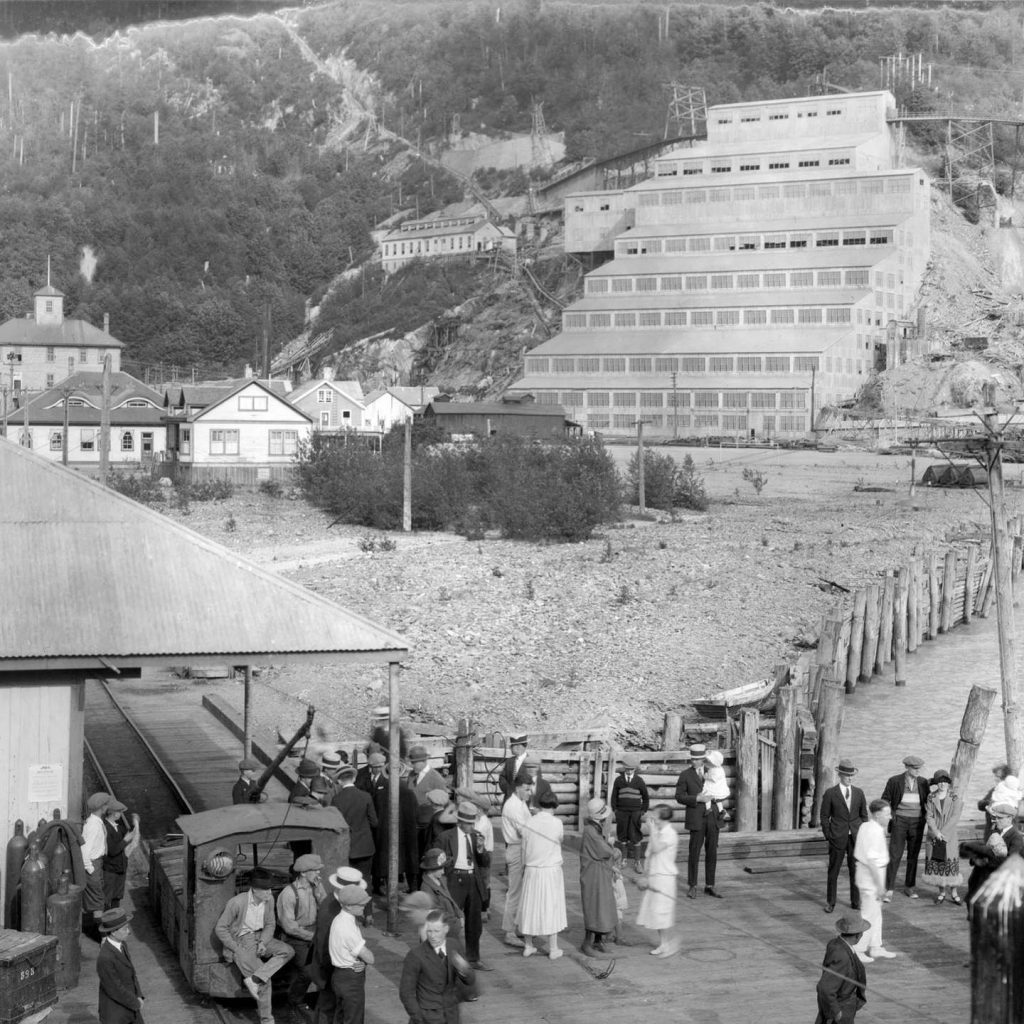
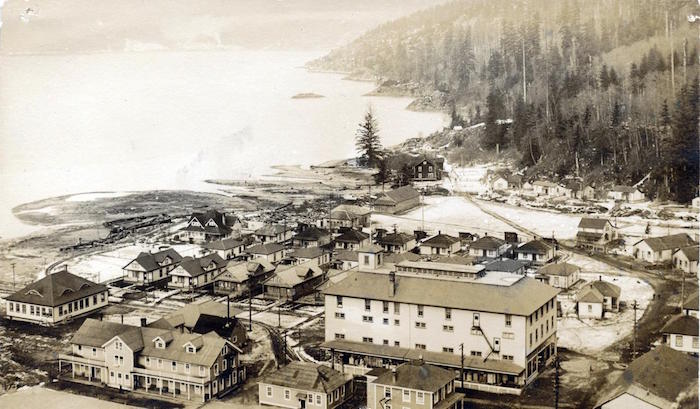
Although the mine was abiding by the environmental protection rules of the time and actively taking steps to reduce the pollution created by its activities, it unfortunately was not enough. Even after the closure of Britannia Mine in 1974 the Howe Sound was still in danger. Rainwater runoff that ran through the abandoned tunnels combined with oxygen and the high levels of sulfide that were still present on the rocks creating acid rock drainage (ARD). Due to ARD, Britannia creek was severely polluted along with the Howe Sound.
For almost a century nearly one thousand pounds of copper entered the fjord on a daily basis. The effects of this pollution were most noticeably indicated by the clear waters of the Howe Sound. A common misconception is that clear waters must be clean, however, the clear water was an indication that no marine life was able to sustain life there. Foundational species of the Howe Sound ecosystem were severely affected by the polluted water including mussels, rockweed, chironomid larvae, midge larvae, sand dollars and about 4.5 million juvenile chum salmon. But whose responsibility is it once the mine has closed?
But whose responsibility is it once the mine has closed?
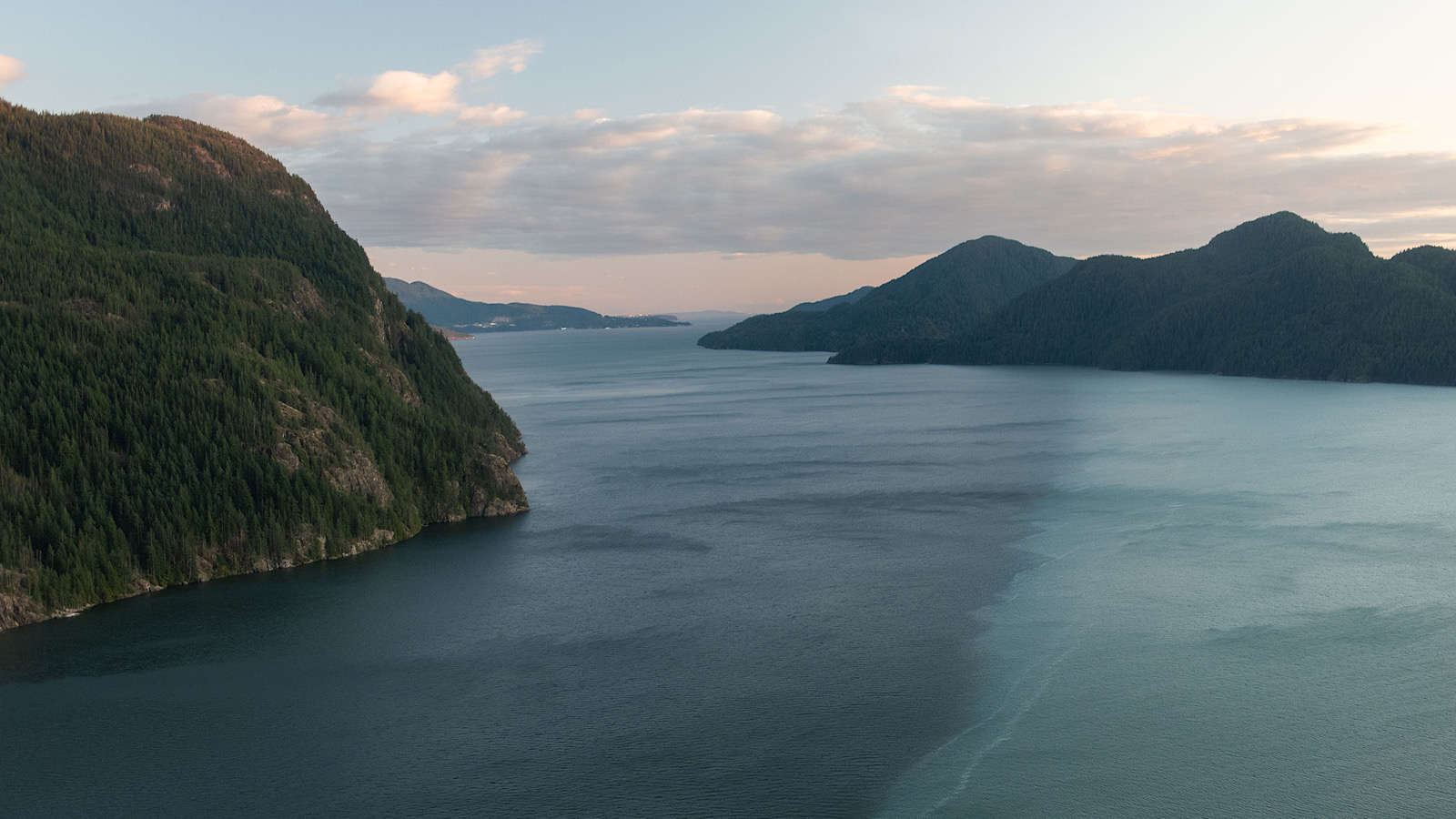
2001 was the start of a major rehabilitation process for the affected area surrounding and below the Britannia Mine. Funded by a thirty million dollar contribution from former owners, the environmental cleanup process was underfoot. There are 210 kilometres of abandoned tunnels in the Britannia mine but only a handful of entrances from the surface. The entrances were blocked and the tunnels modified in such a way that the runoff is now stored in the mine, similar to a reservoir, and is routed to the EPCOR Water Treatment Plant where it can be treated to neutralize the contaminants. Level 2200’s soil (higher up the mountain) was severely contaminated and therefore was closed off with a concrete plug that was installed by UBC. Now that it is closed off, workers were able to remove the soil carefully and dispose of it correctly. Groundwater that would be polluted is now collected and moved to the water treatment plant to be cleaned. Finally, the original mining pit is being capped by rock waste and sludge from the treatment process.
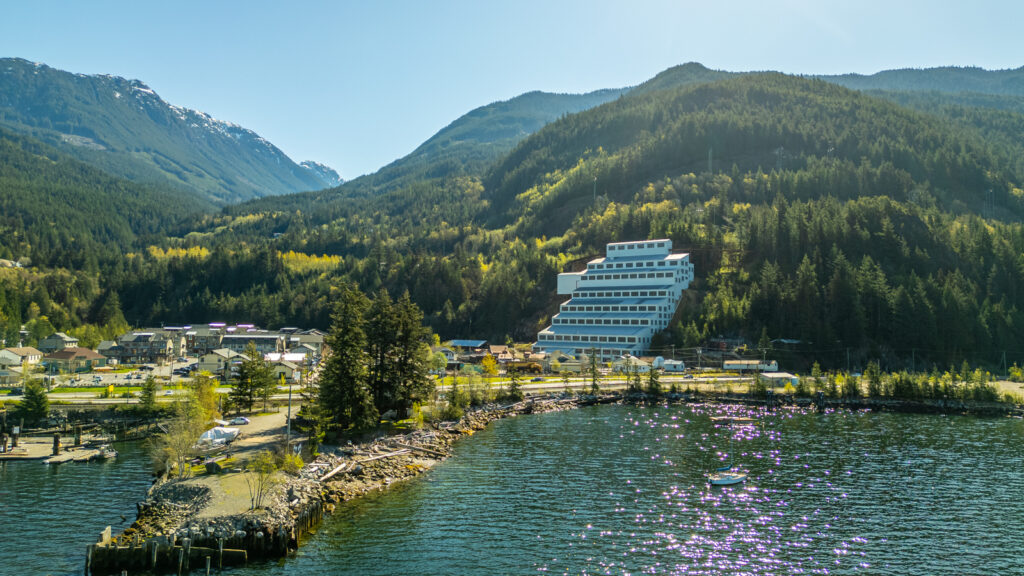
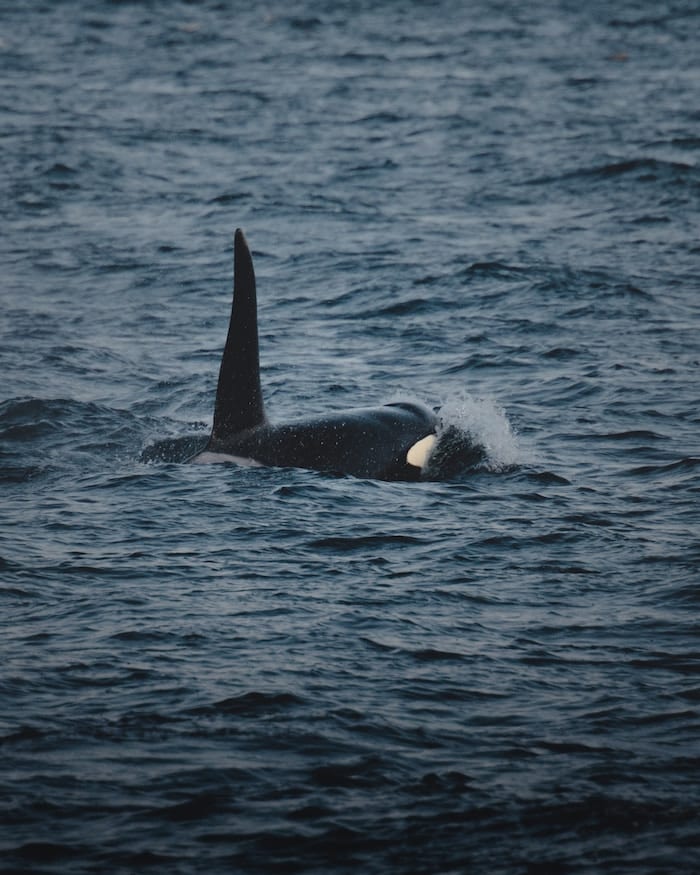
After almost ninety-seven years worth of pollution into the Howe Sound, this monumental feat of pollution management has reduced toxicity of runoff by 98-99%. After about a century Pink Salmon finally were seen in Britannia Creek in 2011. Many other species have returned to the intertidal area and killer whales and Pacific white-sided dolphins are returning to the fjords waters.
Britannia Mine has now been turned into an informative museum and exemplifies the importance of taking care of our environment. It’s a fantastic example of what people can achieve and the ongoing efforts that are being made to sustain the healthy ecosystem that we took for granted over 100 years ago.
We encourage you to visit Britannia Mine Museum for a fun and informative look into the history of the mine and for a more in-depth look into their rehabilitation process. Britannia Mining Museum open hours can be found on their website here.